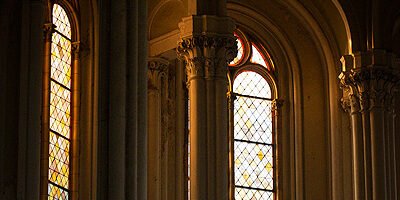If you haven’t yet, pick up a copy of Katie Day’s Faith on the Avenue. It’s an interesting look at religion on one long street — Germantown Avenue — in Philadelphia, Pennsylvania. She looks at the role of community ecology on religious organizations in a number of ways. She outlines it this way:
The central argument of this book is twofold: First, place matters. The proverbial three principles of real estate apply to communities of faith as well: “location, location, location.” It matters whether there is a Starbucks or a “drug corner” outside the church doors. It matters if businesses are closing or new apartments are being built nearby. The prayers, sermons, programs, and world views of congregations re not immune to their physical contexts. In fact, they are greatly impacted by what is going on in both their immediate and wider worlds. But how religion is produced and reproduced is more than a result of geographic location. Faith matters, to, in shaping this diverse and dynamic urban corridor. A new thriving congregation on the block might inspire a real estate developer or discourage criminals. It might encourage young artists or budding politicians. It might attract newcomers to the neighborhood or encourage current residents to stay and put down roots. (p. 8)
In what ways does your congregation affect the local community surrounding the physical building? Or in what ways does your neighborhood affect your congregation? What effect does place have in the decision-making of your congregation surrounding issues of outreach?
Simpson UMC in Minneapolis Minnesota recognizes its place in a struggling area of South Minneapolis. It looks to provide resources for those who are homeless or precariously-housed. They have classes for individuals learning English, resources such as nursing care for those in need, produce fairs during the summer to provide free produce, and even sewing classes for those who need to learn now. The sheer variety of programming they provide is amazing, particularly for what is considered a small congregation. They are clearly drawn to provide for and support their congregation, and to make a positive change in the neighborhood. What might seem like a strange form of outreach — like sewing classes — has become a way for the congregation to be known. While they may be in a poor area of Minneapolis, they act as a beacon for doing good work within the community.

